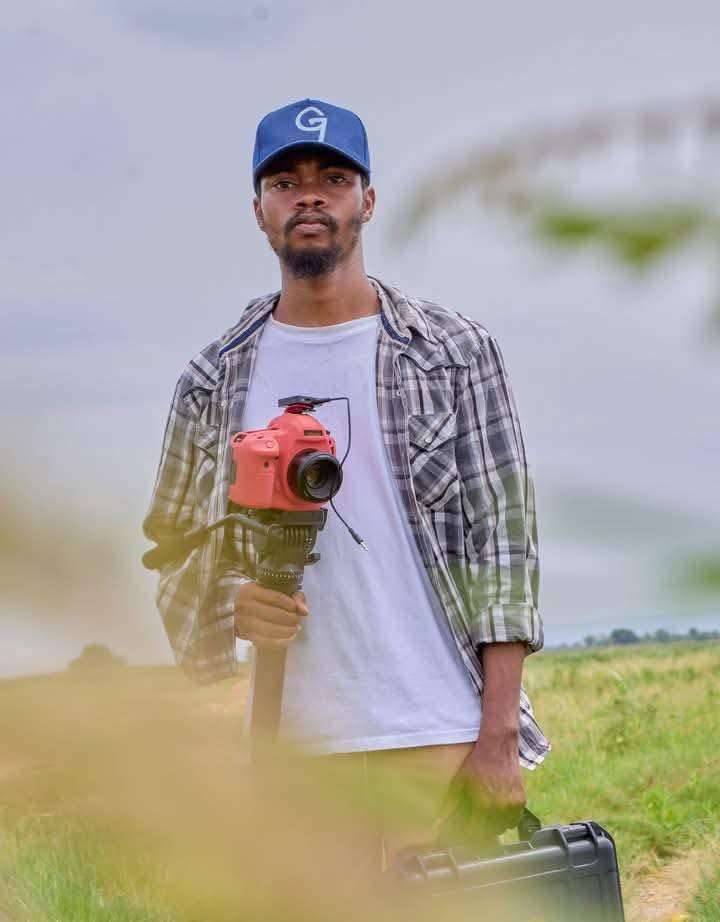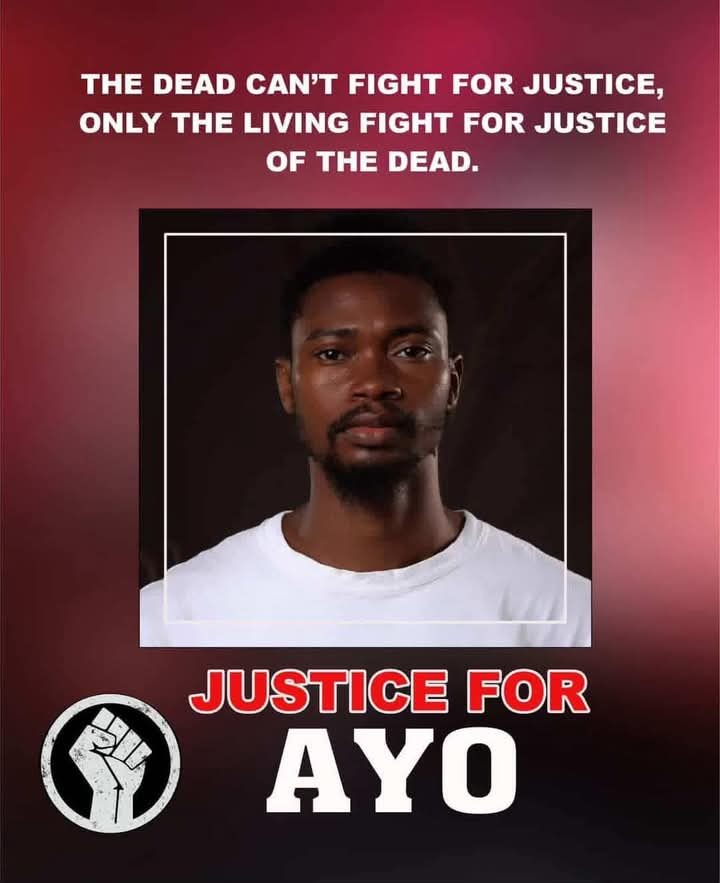By Our Correspondent
In the heart of Lokoja, just a stone’s throw from the Kogi Government House and Chieftaincy Lodge, a gruesome crime has shattered the peace of a quiet creative enclave. What began as a normal evening of content production between two collaborators—Ayo Aiyepeku and Adebayo Pelumi—ended in blood, betrayal, and a narrative that now demands serious scrutiny.
Ayo Aiyepeku, a promising creative photographer and digital storyteller, was found murdered and dismembered on Monday, July 22, 2025. The body parts were discovered chillingly stuffed into a fridge in the trunk of a Hilux truck parked behind the shared office he used with Pelumi.
By Wednesday, the man accused of the murder, Pelumi was also found dead in a Lokoja hotel. Authorities declared it a suicide. A bottle of pesticide, a death note, and a government-issued ID were discovered alongside his body.
To the public, it looked like a horrific but neatly resolved tragedy.
But is that really what happened?
A Tale Too Tidy
According to early reports, Ayo and Pelumi were editing a project late into the night when Pelumi allegedly lured Ayo outside for a discussion. There, in a scene straight from a horror film, he reportedly struck Ayo fatally on the head, dismembered him, and hid the remains inside a mobile fridge in his vehicle.
An eyewitness, said to have stumbled upon the crime scene, immediately raised the alarm. Police pursued the fleeing Pelumi, but he vanished, abandoning his bloodied truck.
Then came the twist: two days later, Pelumi was found dead in a hotel room in the same city where he had committed the crime. But from the moment this narrative hit the headlines, many close to the victims began to raise questions. Why would a man on the run return to the scene of his alleged crime? Why would he use his real name to book a hotel room? How did his “suicide note” match neither his handwriting nor signature?


A growing chorus now believes that what is being peddled as a murder-suicide may in fact be a cover-up.
Family Feud and a Darker Motive
Emerging details suggest that Pelumi’s personal life was deeply troubled. Sources confirm that his wife had fled to Abuja with their child weeks before the incident, alleging domestic abuse. She reportedly abandoned their family business—a livestock venture co-owned with Pelumi—after receiving threats. The in-law allegedly at the centre of the dispute? Edward Onoja, a prominent figure in Kogi’s political establishment.
Pelumi’s parents were said to have travelled from Lagos to Abuja to plead with Onoja and seek a truce, but the meeting ended in a deadlock.
Some observers now believe and allege that Pelumi, not Ayo, was the true target of a larger plot—and that Ayo’s death may have been a case of mistaken identity. Once it was realized that the wrong man had been killed, Pelumi may have been eliminated to bury the truth.
“It doesn’t add up,” a family source said. “Pelumi was lured, framed, and then silenced.”
The Eyewitness Mystery
Central to the public narrative is an unnamed eyewitness who claims to have seen the aftermath and alerted the police. But serious questions remain: How did he immediately identify Ayo with full name, background, and even lineage? Why was he unable to record or photograph anything with his phone? And what conversations did he have after the incident with the victim’s in-laws?
If the eyewitness was not complicit, observers argue, then at the very least, he holds critical information that must be subjected to serious investigation. “There are too many holes in his account,” said a retired police investigator familiar with the case. “It’s either he’s protecting someone—or he’s part of something much larger.”
Forensics, Fabrication, and the Fridge
Perhaps most troubling is the supposed suicide scene itself. Everything—from the presence of Pelumi’s ID, to the reservation docket and suicide note—seemed too convenient. According to those familiar with criminal investigations, most perpetrators on the run don’t return to the exact location of the crime, nor do they check into a hotel using their real name and sign their own death warrant.
Was the scene staged? Was Pelumi already dead before his body was planted in that hotel room?
Without independent forensic analysis of the signature, handwriting, toxicology, and time of death, there is no way to confirm the official version of events.
The Call for Justice

As the creative community in Kogi and beyond mourns the death of Ayo, and Pelumi’s family calls for transparency, one thing is clear: this case must not be swept under the rug.
Both families deserve answers. The public deserves the truth. And if justice is to be served, the case must be reopened with full independence—from handwriting experts to forensic analysts, from phone records to CCTV footage.
For now, the official version remains: a murder of passion, followed by suicide. But too many questions remain unanswered. Too many voices are silenced. Too many facts are missing.
And in the background, grief deepens in a city that still doesn’t know who—or what—to believe.

